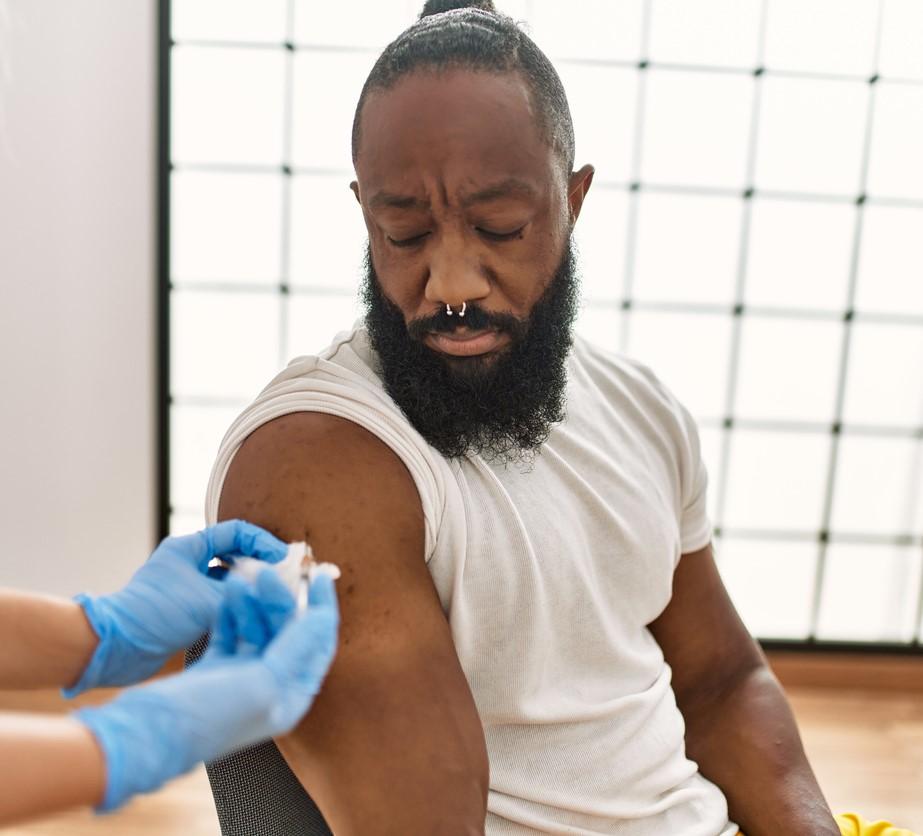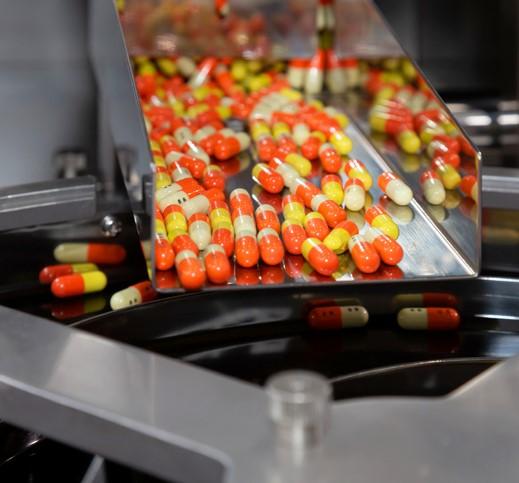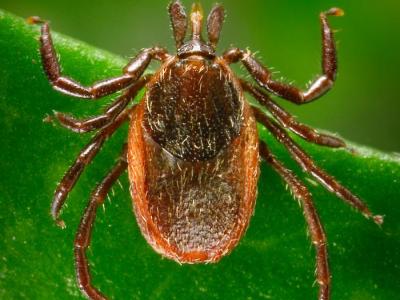
One in eight older cancer patients with no history of depression in a Canadian cohort developed new-onset depression—and just under half of those with cancer and a history of depression experienced a return of their depression—during the COVID-19 pandemic, according to a study published yesterday in Cancer Management and Research.
A University of Toronto–led research team parsed data on 2,486 cancer patients aged 50 and older from four waves of the Canadian Longitudinal Study on Aging Comprehensive Cohort and depression screening results in fall 2020.
Women at 50% higher risk of new depression
Among 1,765 cancer patients with no history of depression, one in eight (11.8%) were diagnosed as having new-onset depression, and 45.8% of the 721 patients with a history of depression had a recurrence of depression. The risk of both new-onset and recurrent depression was greater in those who reported loneliness, had functional limitations, or experienced escalated family conflict amid the pandemic.















